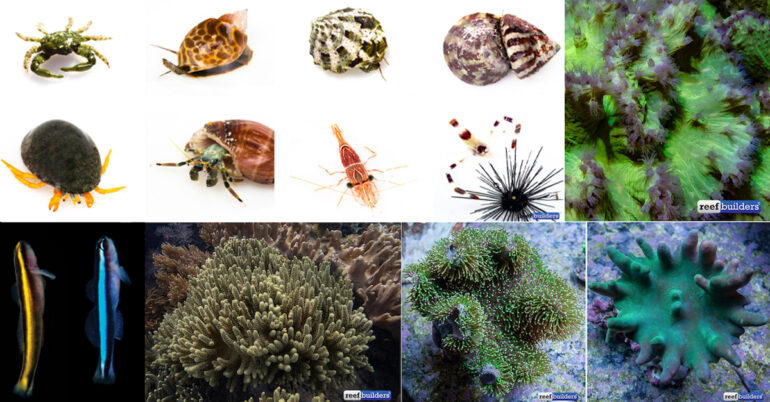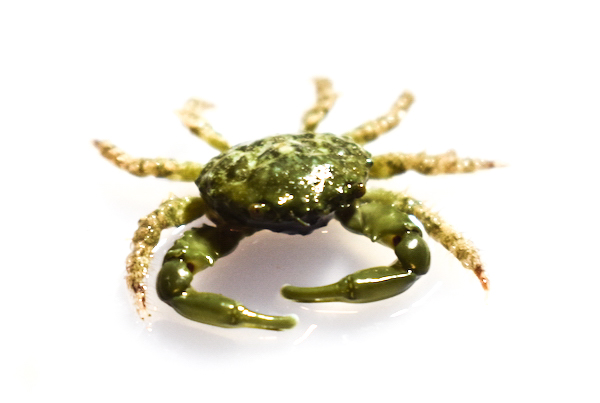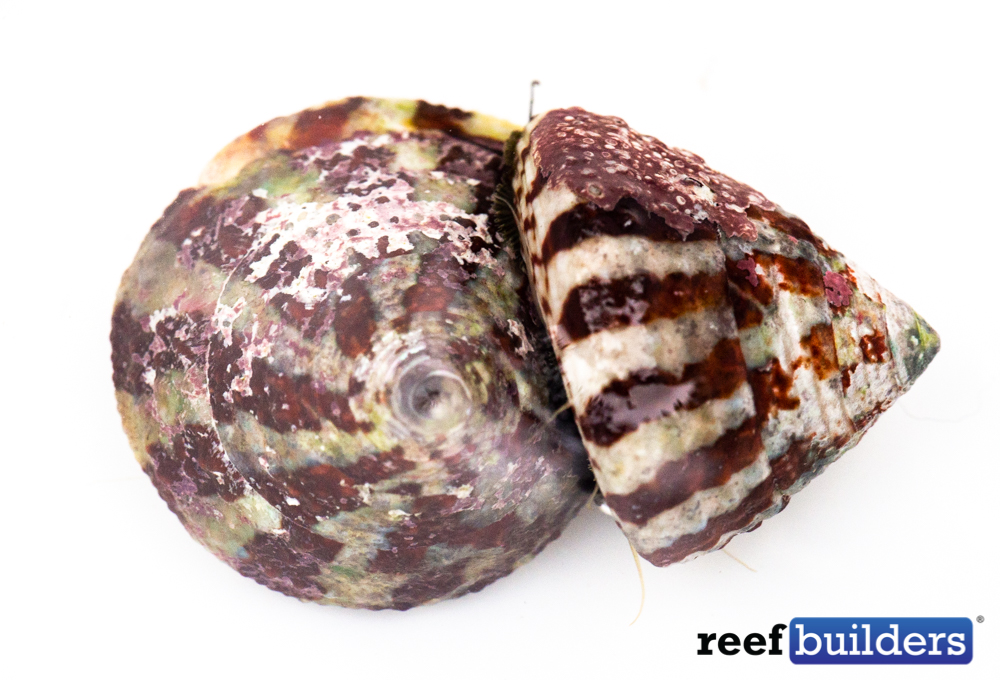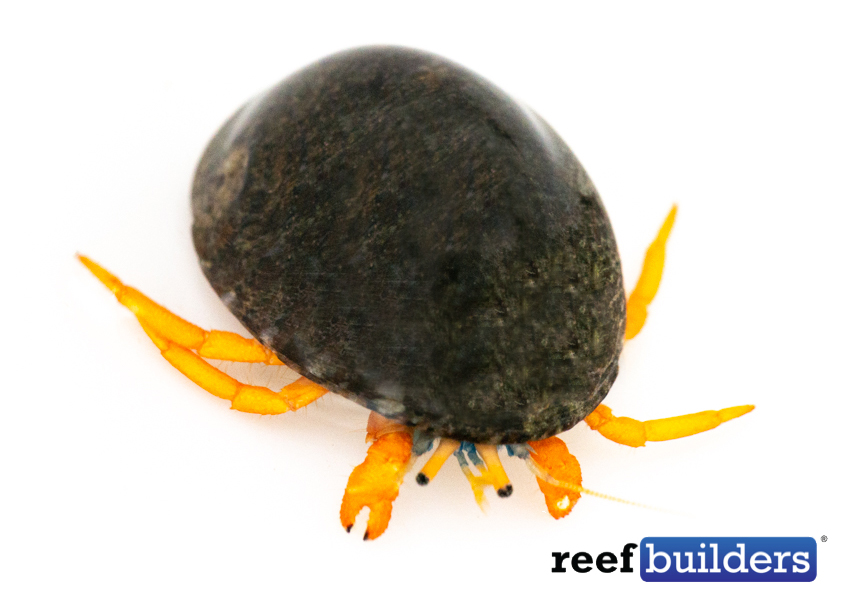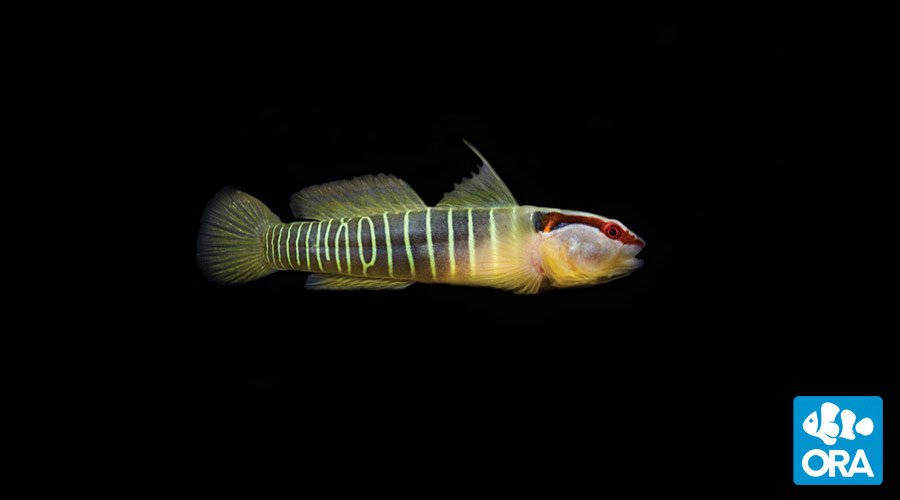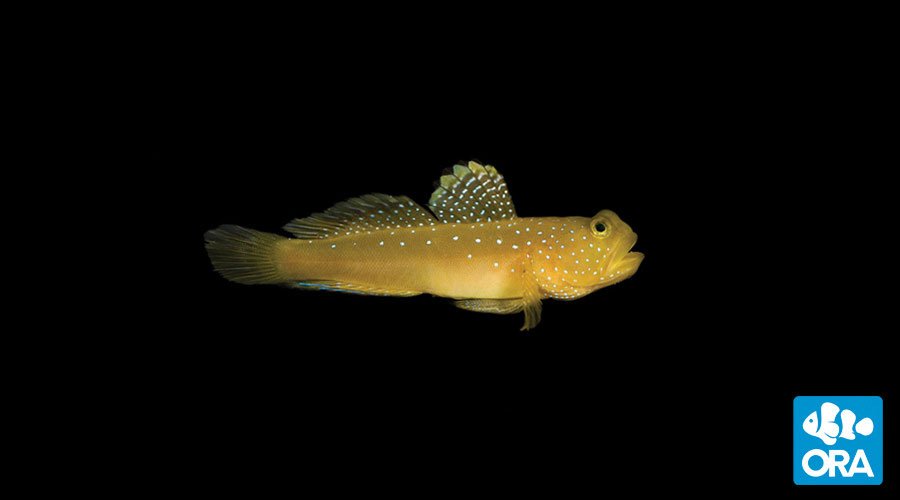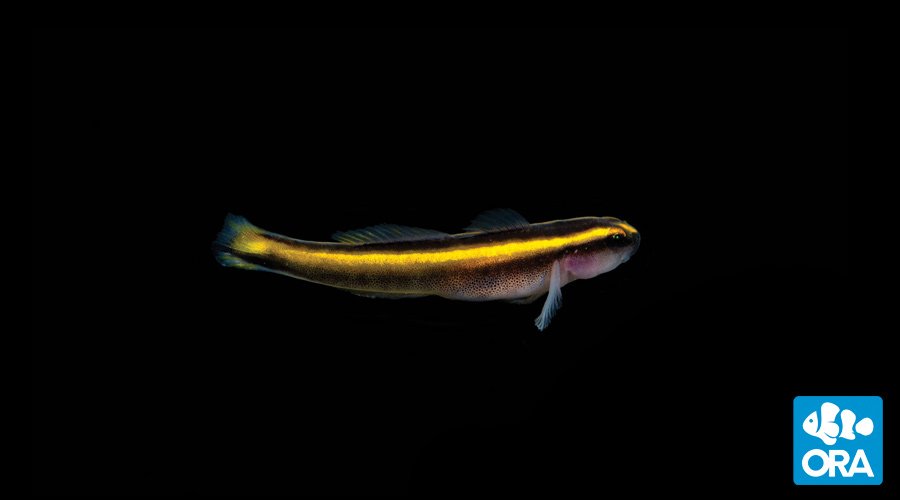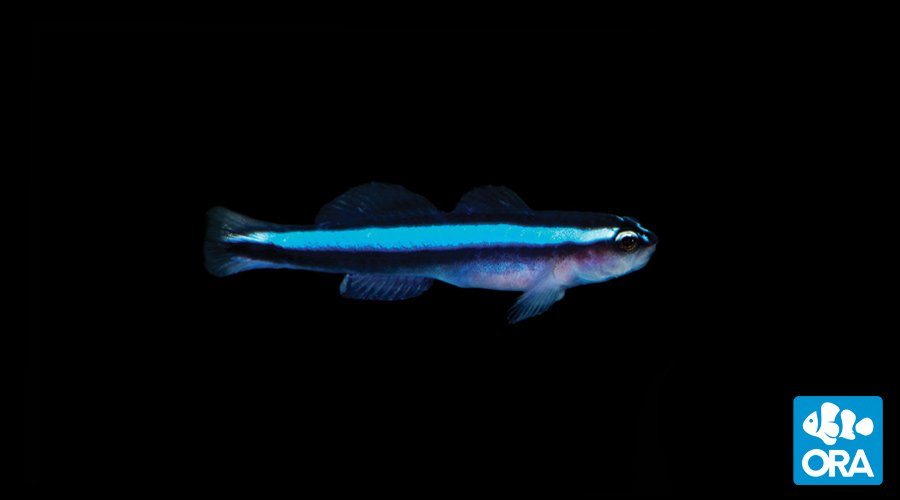Adding your first tank inhabitants is fun and exhilarating. But, it’s important to add the right creatures at the right time to ensure their survival and the health of your newly established reef tank.
Start With A Clean Up Crew
After you’ve cycled your saltwater aquarium you can start by adding a marine clean up crew. A clean up crew consists of crabs, snails, and other invertebrates that eat algae as well as leftover food.
With their tiny claws, crabs, shrimps reach between rocks to pick up any leftover food. Snails will crawl under the sand picking at pests and aerating the sediments, they can even crawl on the glass to munching away at algae as they go.
Before your tank is full of fish you may need to supplement with a bit of food or algae in the tank to feed your clean up crew. Once the tank is more established they will be scavengers for any leftovers.
If all goes well and your cleanup crew is happy and thriving you can start by adding your first fish. Wait a few weeks with a cleanup crew before adding a fish and make sure you have stable water parameters, most importantly salinity and temperature.
Try Gobies For Your First Fish
For your first fish choose something that is known for it’s hardiness and that is compatible to your tank size. Just because that tang or other fish is tiny in the store remember they will grow! Make sure you are buying a hardy fish appropriately sized for your tank.
Many reefers add damsels as their first fish but they quickly take over the tank; instead, something like a captive-bred Goby would be a great choice. While some gobies can be more difficult than others, purchasing captive-bred fish will enhance their chances of survival. As your local fish store for recommendations and availability of captive-bred fish.
Watchman gobies or other sand sifter gobies are a fantastic addition to a reef tank with sandy bottoms. Or try or smaller neon and yellow line gobies for nano or pico sized reef aquariums like the ORA captive-bred fish.
Soft Corals For Your New Reef Tank
The options might seem endless when it comes to selecting corals, but it’s important to get a hardy coral frag or preferably a larger colony for your new tank. Soft corals, in particular, leather corals are the best choice for a new tank.
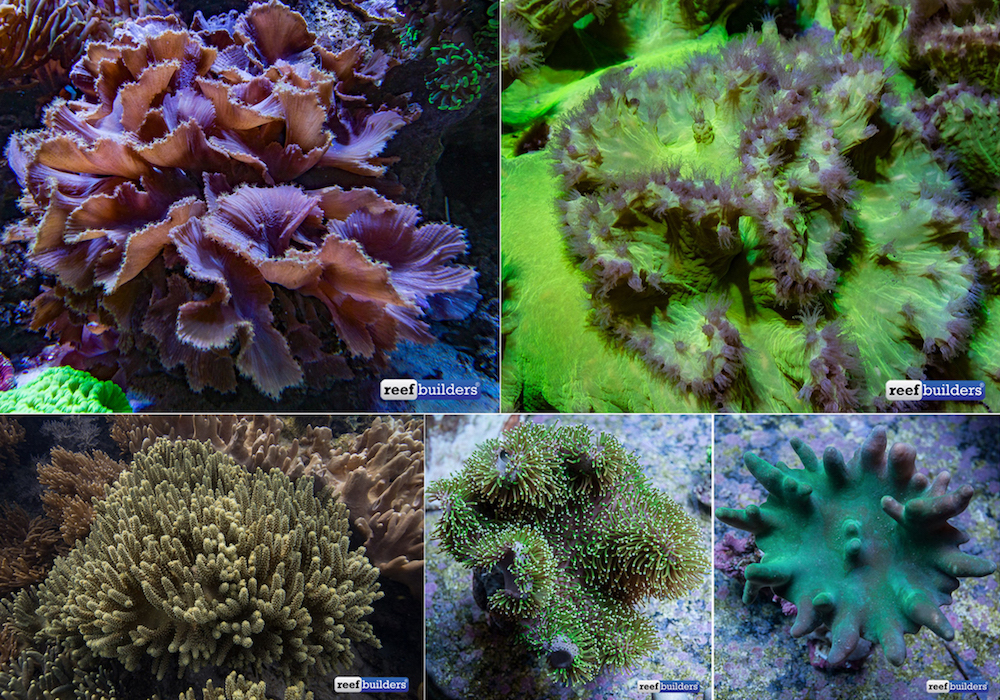
After adding your first leather corals you can also add mushroom anemones. This includes mushrooms like Ricordea, Rhodactis, and Discosoma. Mushroom grow rather quickly and spread out into large fleshy discs.
While some shrooms can fetch record-breaking prices and come in mind-bending colors, you can usually find rocks with a half dozen polyps that won’t set you back a fortune.
They are easy to keep and will live in just about any light or flow conditions. Mushroom coral will also respond well to feeding, just be careful not to over feed your corals as this could cause a spike in unwanted nutrients.

When you’ve added your first animal to your tank, look for signs of stress. Your animals should be active and eat regularly.
Taking precautions and considering the type of animals you want to home will give you the most success in reefkeeping. Adding the easiest and passive inhabitants first will help you avoid problems in the future.


